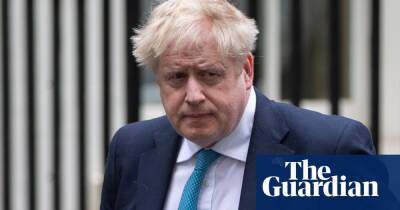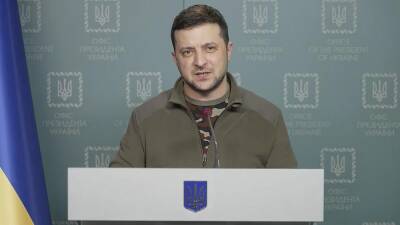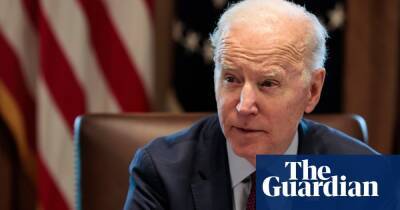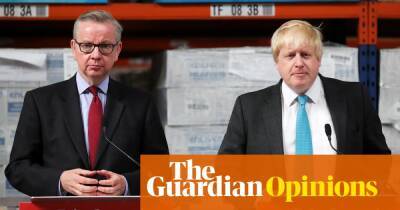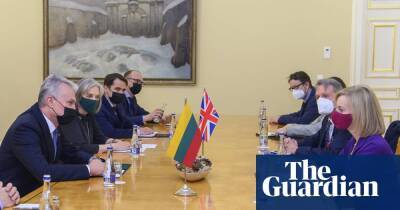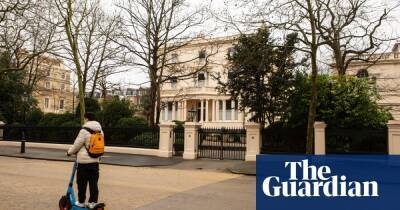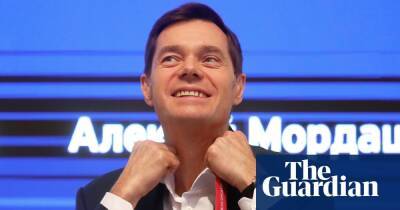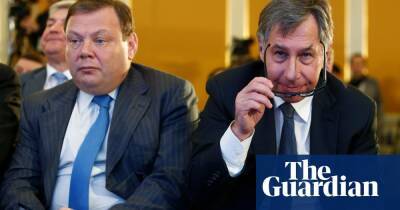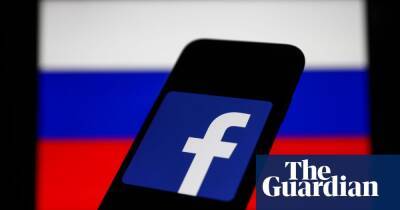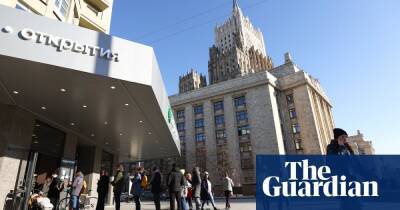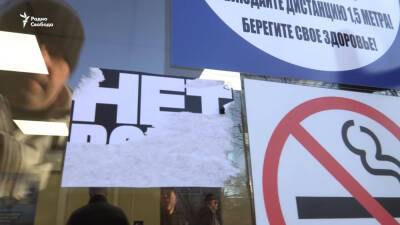EU and NATO 'rising to the challenge' of Russian aggression
With the world's focus on Ukraine and what Russia will do next, NATO's headquarters in Brussels has been on high alert.
The White House's eyes and ears on the ground at the military alliance's base belong to Julianne Smith, the U.S. ambassador to NATO, who spoke to Euronews exclusively about the ongoing conflict between Kyiv and Moscow.
"The alliance was prepared actually for this. We basically, for several months now here at NATO's HQ, we've been pursuing a kind of a dual-track strategy. So, on the one hand, the allies were very focused on diplomacy and de-escalation - we held a NATO-Russia Council in early January where we were able to sit down face to face with the Russians.
"But simultaneously, what was happening behind the scenes was that NATO's allies were also preparing for all contingencies. They were looking at ways they might need in the future to reinforce NATO's eastern flank. And they were imagining the steps that they might have to take should Russia decide to further invade Ukraine.
"So when that actually came to pass, I think the NATO allies felt like at that moment they were ready to take the necessary steps to protect NATO's territory. And what we've seen really in the last couple of days is a remarkable series of events as it relates to NATO's and NATO's allies' actions."
"Obviously, you wanted to have a moment to ensure that you could make the case to the Russians that de-escalation was the preferred and the best course of action. Sadly, they opted for another route. But we wanted to exhaust all possible options on the diplomatic front, and you can see that we did that bilaterally.
"The U.S. engaged the Russians in Geneva and elsewhere. We had NATO's engaging with the NATO-Russia Council, and the OSCE was
Read more on euronews.com


